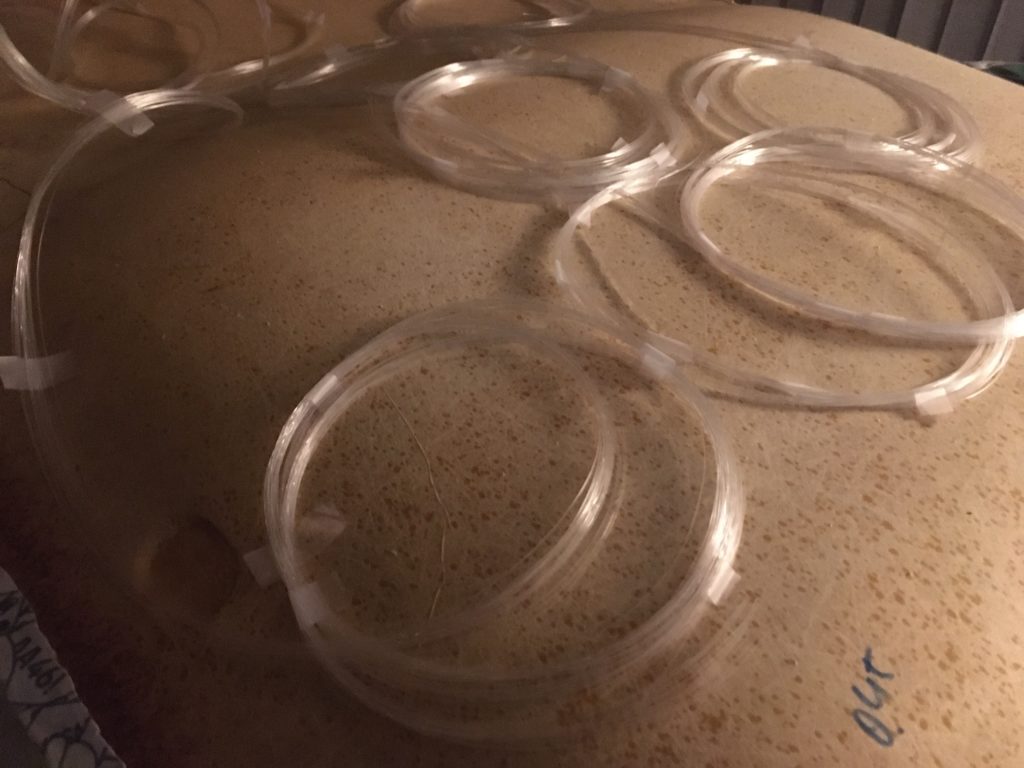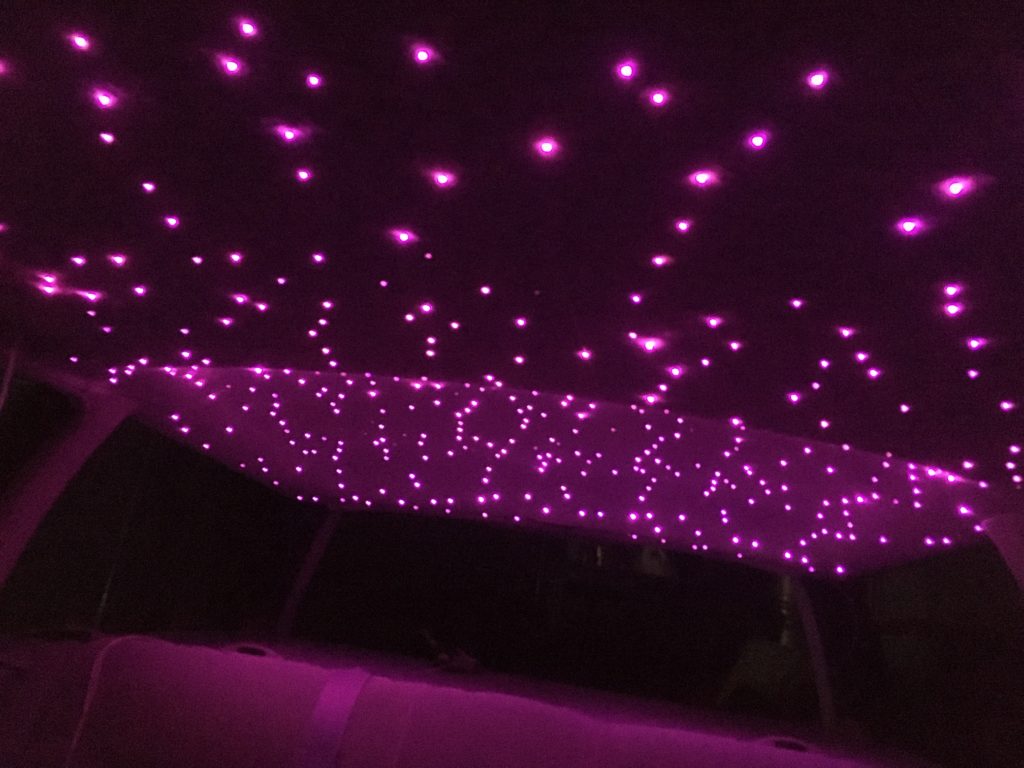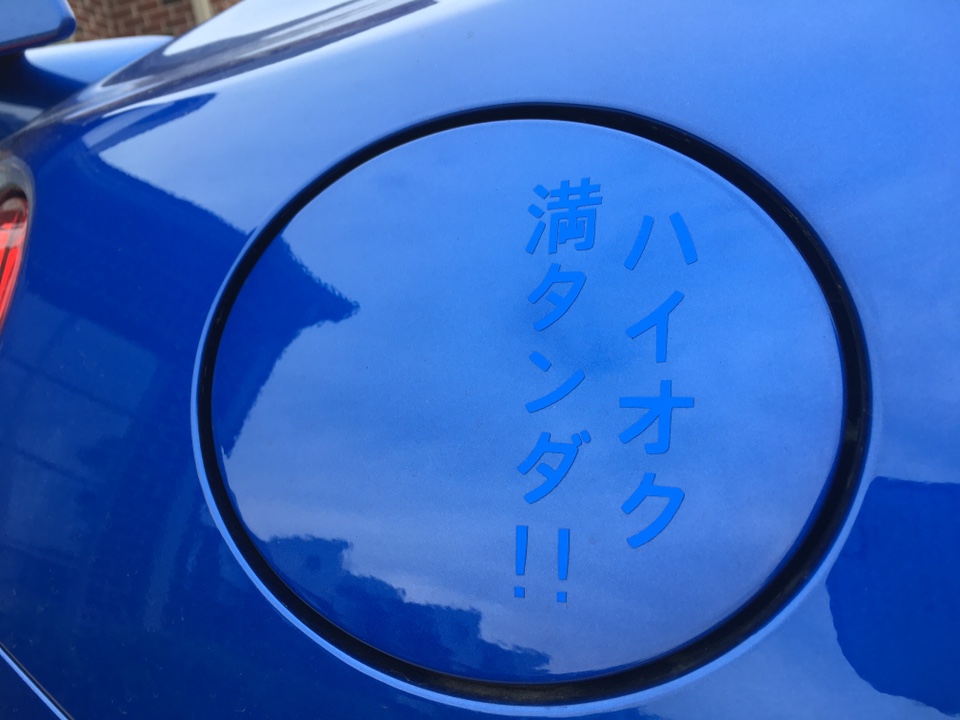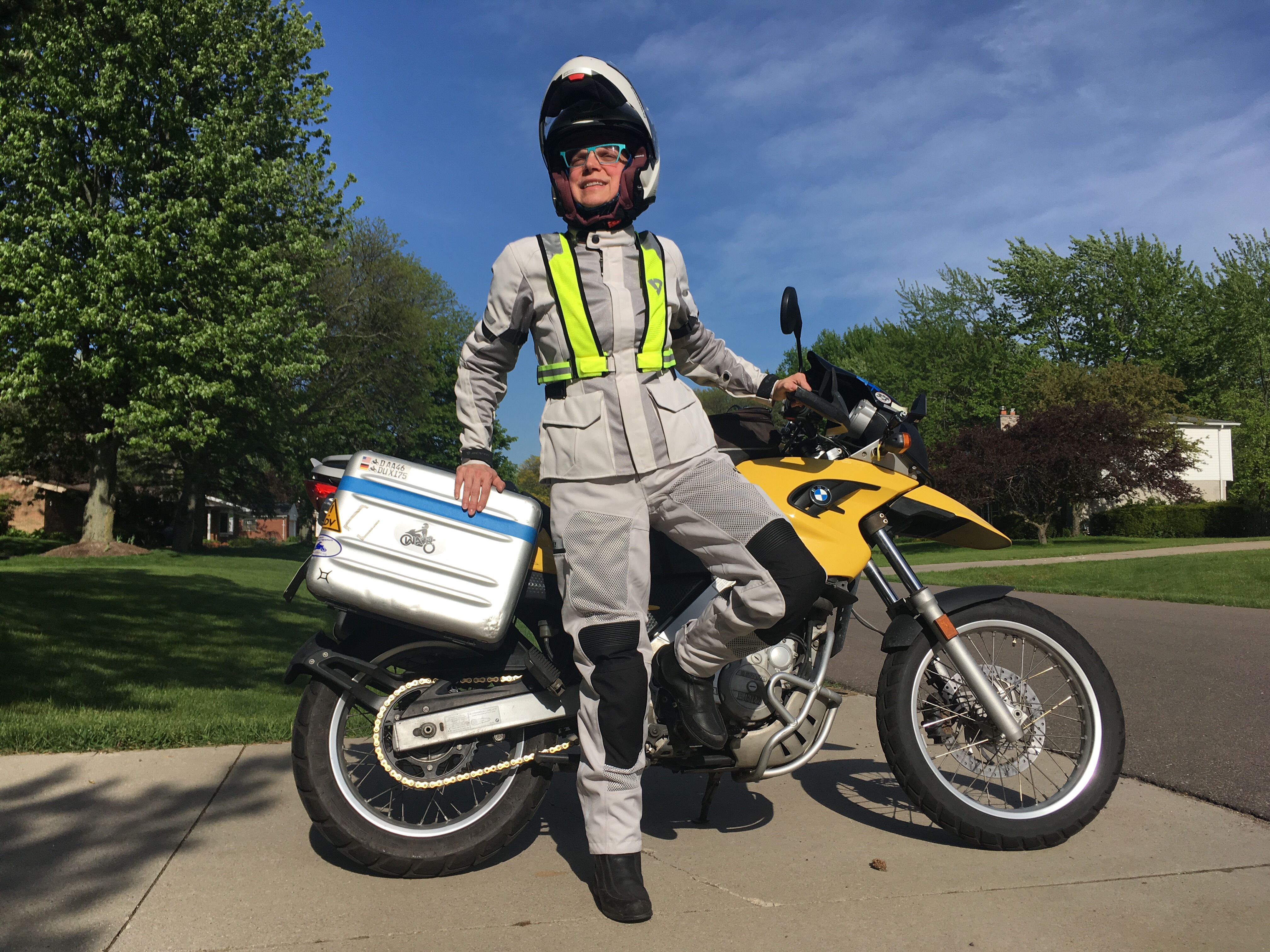There was a request to address the fibre optic headliner.
So. I redid the headliner in the B5. With custom-printed fabric from Contrando. I did a sticker bomb pattern of my girlie logo. It’s awesome.




I purchased a 14W light engine from amazon Chinapost. It was $45 with 250 3m strands of roughly 1mm optical fibre. I also purchased an extra 100m of fibre.

I did the headliner like normal with lots of pattern matching so that the sunroof cover lines up when it is closed. This was not that hard. There was a lot of spray adhesive and high temp hot glue involved. See above.

Then… the fibres. There was much hemming and hawing about how to do the fibre insertion. I originally wanted to do a random pattern, but then realized that that would be pretty hard to accomplish with basically acres of headliner. So, I opted to put a fibre in each complete eyeball in the pattern. Basically light up pupils. The first 250 fibres took me about two weeks to get in. The next 250 took me another two weeks. The last hundred took me about a morning because I wanted that **** done.
The process I used was…
Poke a hole through the headliner in the desired location using an upholstery needle. This left a big enough hole that I could find it later, and almost big enough to get the fiber through. The headliner is a lot thicker than I realized, up to 1/2″ in places. Once I had all of the eyes located and poked through, then I started threading the fibre.
I did have to figure out where to stick the light engine as there is a sunroof in the car and that limits space a bit. I put it near the C pillar so it was easy to peek at if needed. All fibres ran to this location.
Threading the fibres required me to insert the needle and then catch the end of the fibre with it. Then push the fibre through allowing it to follow the needle. This was a lot of work and took me a bit to get a method down. Once I got it going, it was better. I needed a lot of ambient light to see the fibre ends. I ran the entire 250 fibre bundle first before moving to the next step. Then I cut the fibres and hot-glued them on the back side of the headliner. The hot glue melts at a temperature close to that of PMMA so I had to hold the fibres in position until the glue solidified a bit. This was about ten seconds.

I reserved all of the cut ends as they varied in length from 1 foot to about 8 feet. I reused all of these, finding the flat ends to face the light engine. Then, I started cutting into my coil of PMMA. In the end, I believe it was 618 individual fibres.

Once I had the fibres in, I had to equalize the lengths and get them into the coupler. This was difficult and I have no pics.

The last thing I did was glue down a piece of nylon fabric over the middle of it to protect the strands in the middle from the sunroof assembly. Again, no pic because doggone it, at that point, I wanted it done and in.

It is utterly amazing. I cannot describe how happy I am with it.






